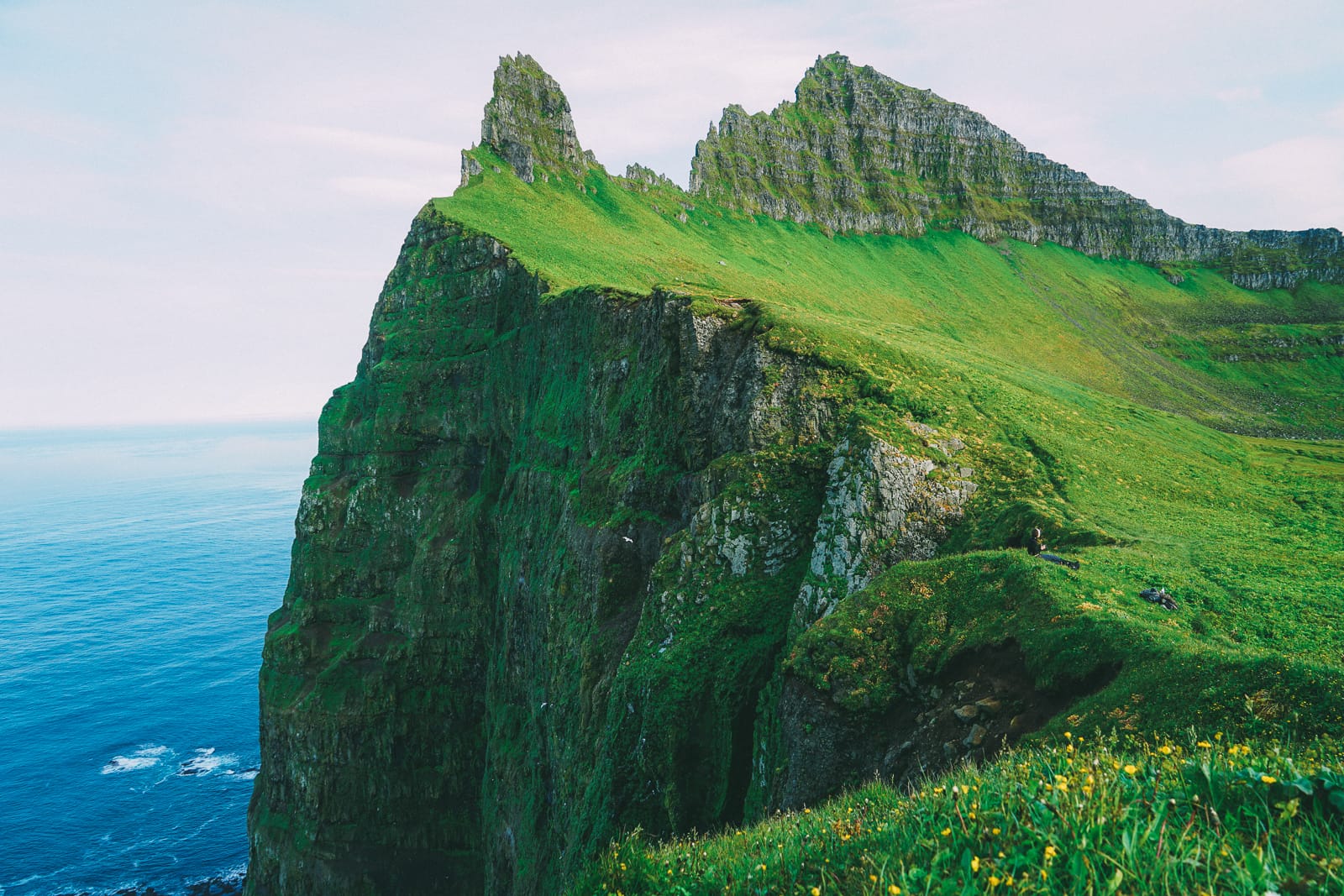Practicing gratitude is a good way to stop allowing the wonderful aspects of life slip by without awareness. The Dalia Lama has spent his life offering his encouragement for us to practice it, the Buddha taught it to his disciples over 2,000 years ago and now science is finding more and more evidence to support the notion that gratitude is a great source of well being and happiness.
Over the past few years a group of friends and I have been working on making lists of things that we are grateful for. For enumeration, and that possibility that it may inspire others to start their own lists, I offer a few gems:
Maine 2013: The way leaves dance in a light breeze; orange evening beams of sunlight moving through the room, peanut butter and butter on fresh baked bread, aimlessness, new seedlings in the garden, beansprouts and cherry tomatoes, pet names from my mother.
Arizona 2013: Waking up without an alarm, rainy afternoons, sparkly shoes, watching the sunset, unexpected letters, breathing in & loving out, pint-sipping, misty midnight walks, giving compliments, that feeling you get when you can't imagine anything better, the way fall air smells, snuggling under the covers, mischievous smirks, snort-y laughing, being in the moment.
New Mexico 2012: Alpaca gatherings, alpaca eyelashes, buffalo roving, yellow aspen groves, yellow tea cup, bicycles, sweet rainbow children, the fuzzy grey of the changing season.
Seattle 2012: Stars, lightning bugs, robots, history, gifts, love, giggle, farts, dancing, sleep.
Nevada 2011: Baked sweet potatoes, truck campers, the Sierras, smooth tapioca pudding, peanut brittle, homemade apple butter, jars of change, winds of change, seasons that change, sweat pants.
New Jersey 2011: Gathering and eating food from our garden, grieving in order to move through, time alone, eggs and bacon, discovering new music, cartwheeling everywhere!
Scotland 2010: Making big plans and changing them at the last second, cutting off all my hair, the sun rising after I've lost track of time, remembering the magic of hot tea.
Arizona 2010: Rawberry strubarb pie, homemade earl gray rock candy experiments, Arizona evenings, suited up for tennis, rocking chairs and turkey vultures, never-ending fire roasted pablanos, gathering the bundle of your mind into this present moment.
California 2010: Deep breaths to bring me back to the present, sweet rose wine and rocking chairs, grounding ideas born long ago, calligraphic ink stained fingers, the rat's nest treasure, yoni art, reunions with east coast birds, homemade felt for yurt homes, dark mustaches forever in my heart.
Wisconsin 2009: Listening to my kids pretend stuff.
Vermont 2009: Falling asleep with my new born nephew in my arms, opening my heart to give and receive love, visits from close friends that live far away, sitting by a warm wood stove, midnight strolls under a clear sky, snuggling in my warm bed on a cold morning.
Georgia 2008: Translucent Bunny ears, silk dog fur, coarse dog fur, wild heavy rain, hail, very late night quiet.
New York 2008: Yoga interrupted by puppies, yoga interrupted by the smell of coffee, the smell of coffee, enjoying coffee while writing about yoga being interrupted, laughing at myself and this list, anticipating having fun in the theatre later, anticipating more laughing at myself.







